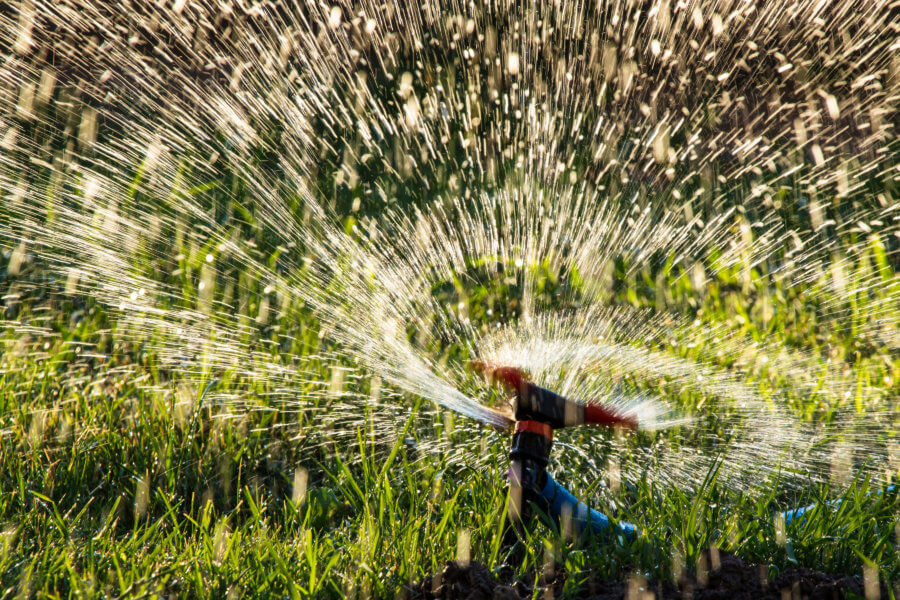
What Overwatering Does to Your Grass
Many common lawn problems, including disease and pest activity, are the result of overwatering. Strangely enough, many of the symptoms of an overwatered lawn are remarkably similar to those of an under-watered lawn. This can lead homeowners to water their Florida lawns even more, compounding the problem even further.
Here’s what you need to know to identify if you are too much, and what you can do about it to restore it’s health.
The Problem with Too Much Water
Most grass types don’t need tons of water to stay healthy. For many varieties, an inch or two of water per week is sufficient. When you water more than this, your lawn won’t need to develop a deep root structure to get the water it needs. This can dramatically weaken your grass and make it less resilient against temperature changes, particularly during the hot summer months. It is far better to water deeply once per week than to provide a smaller amount of water more frequently, as this encourages deeper root growth.
When you overwater your lawn, it makes the environment more susceptible to lawn diseases and pest activity, which can make short work of destroying your lawn. Not only that, but your lawn will also look more flattened and can even develop brown patches. Finally, overwatering wastes water and is, in fact, illegal in some jurisdictions in Florida.
How to Tell If Your Using Too Much Water
The first step to restoring your lawn’s health care is to identify the problem. Watch for these common signs that your grass and soil is overwatered:
- Grass Doesn’t Bounce Back – When you walk across your lawn, the grass blades should spring back up within a few seconds. On an overwatered lawn, the blades will stay flattened for far longer, leaving a trail of footprints behind you.
- Dry Patches – Although you might think of this as a symptom of under-watering, dry, brown patches can also be a sign of overwatering. Because it can be difficult to distinguish the culprit, don’t let this be your only criteria for determining watering needs.
- High Weed Growth – When your lawn is getting too much water, weeds can proliferate rapidly. If you notice that you are having to pull up more weeds than usual, this could be a sign of overwatering.
- Irrigation Runoff – Take a look at the areas around the edges of your lawn immediately after watering. Runoff coming from your lawn is a sure sign that it is getting too much water. Your lawn should be able to absorb all of the water you provide at each session, so shorten your watering periods to minimize runoff.
- Soil Compaction – In lawns that get too much water, the underlying soil often becomes compacted due to the excess moisture. To grow strong, healthy roots and gain access to air and sunlight, you’ll need to aerate the soil, loosening it up so the roots can spread.
How to Recover from the Damage
If you have fallen into the trap of overwatering your lawn, it is possible to restore the damage. This starts with adjusting your irrigation schedule. For most grass types, watering once or twice a week for a total of one to two inches of water is sufficient. During the rainy summer period, the natural rainfall will likely be enough to keep your lawn adequately irrigated. If it has been raining, turn off your sprinklers for a few days to avoid overwatering. Check the weather forecast frequently so you can make the rains work for you, not against you.
As mentioned above, aerating your lawn can also be extremely helpful, as it reduces compaction caused by overwatering. In loosening up the soil, aerating creates space for nutrients, air and moisture to get to the roots where it is needed most. It also encourages new root growth, which improves the health of your lawn overall.
Fill in the Gaps with Fresh Sod
For any areas that don’t recover after adjusting your watering schedule and aerating, fresh sod can fill in bare patches. We’ll work with you to find the right sod type to restore your lawn. Reach out to us today to learn more and get the process started.